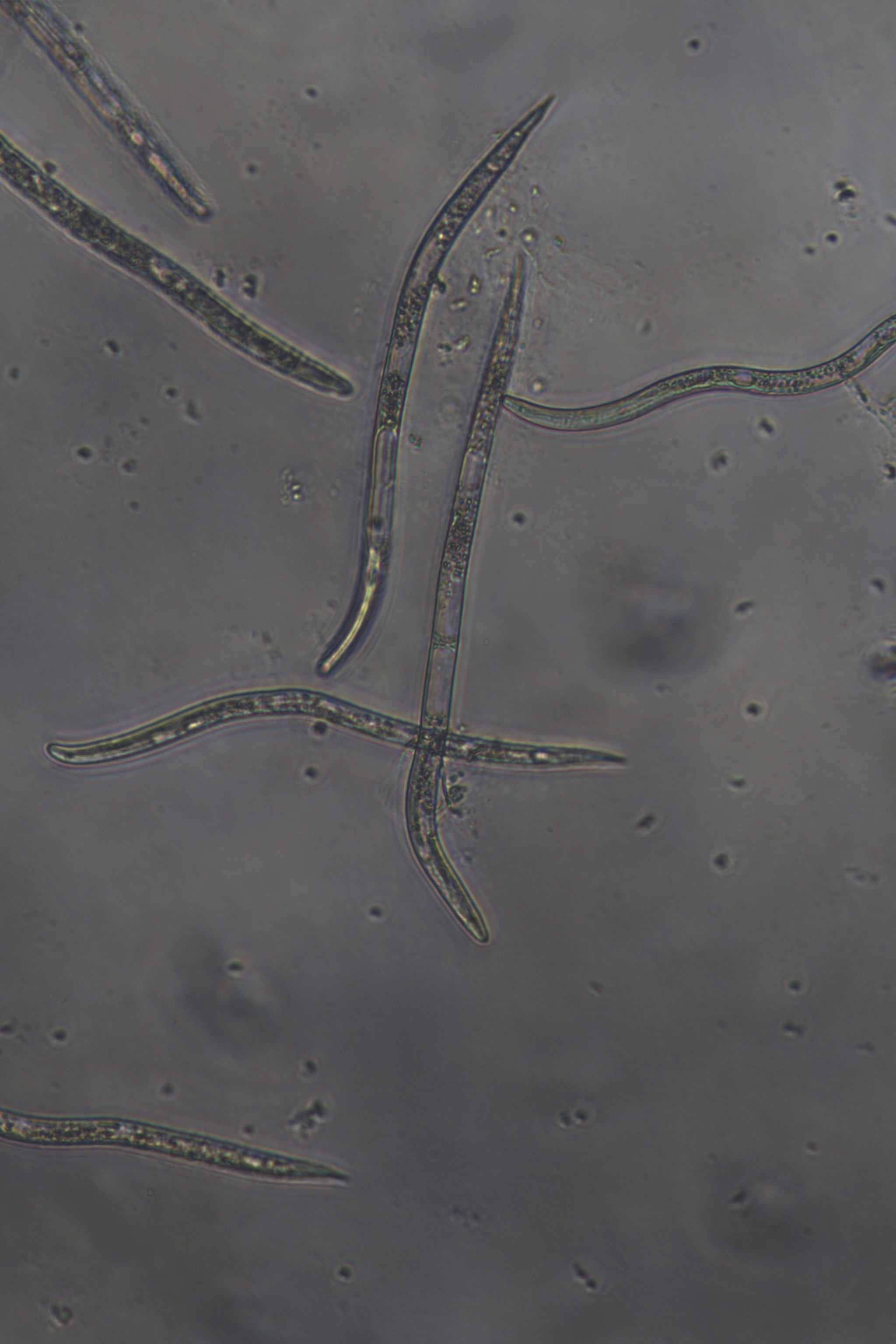Plants may be able to defend each other
Can plants share defence mechanisms with each other? Researchers from the Department of Agroecology at Aarhus University will investigate this in a new project, to which the Villum Foundation has granted DKK 1.98 million. DKK.

Plants do not have the opportunity to run away when faced with a threat of one kind or another. Instead, they have developed physical and chemical defence mechanisms against for example herbivores or harmful microorganisms. However, not all plants have the same or equally effective defence mechanisms.
A new project funded by the Villum Foundation with Mette Vestergård as project manager will create knowledge about how plants can absorb chemical defence substances formed by other plant species from the soil environment, and thus be better equipped in the defence against pests.
"Wheat, rye and maize form some defence substances called benzoxazinoids or BXs, which other plants cannot form themselves. And we will investigate whether the plants that cannot form BX substances themselves are able to absorb them via the roots from the soil environment,” says Associate Professor Inge S. Fomsgaard from the Department of Agroecology.
Active means of defence
But the project does not stop here, one thing is whether the plants can absorb the BX substances, something completely different is what happens to the substances when they are absorbed through the roots and enter the plant system.
“We are interested in what happens to the substances when they enter the plant. How do they move around? How does the plant transform them? And perhaps most importantly, does it have any kind of active effect against pests?” explains researcher Mette Vestergård from the Department of Agroecology at Aarhus University.
According to the researchers, previous research has shown that some of the BX substances are so small that it is inevitable that they are absorbed through the root system, but what happens next has so far not been investigated.
White clover and nematodes
The BX substances can suppress various insects, nematodes, and other disease-causing microorganisms, and in this project the researchers will focus specifically on root-knot nematodes as pests in white clover.
"We hope that through our research we will see the white clover increase its defence against root bile nematodes as a result of the BX substances that have been absorbed through the root network," explains Mette Vestergård.
If the white clover can benefit from absorbing BX substances from the soil environment, then it will be a cheap way for the plant to boost its defences, which may also be transferred to other plant species over time.
“It takes a lot of resources for a plant to produce substances like BX, and if plants like white clover can absorb substances formed by another plant, it can use the spared resources itself to, for example, create a greater yield for the farmer. And this is good news in relation to using greater diversity in the crop composition, so that the plants can help each other in the defence against pests and perhaps ensure a greater yield in the fields,” explains Mette Vestergård.
According to the researchers, previous research shows that there are other positive effects of replacing monocultures with a more diverse mix of crops, where the plants can support each other in all possible ways.
"We hope that with this project we may be able to put together mixed cultures in a way so that the different chemical defences complement each other," says Inge S. Fomsgaard.
| About the project |
|---|
The project "Transfer of biochemical defence between plant species" is a Villum Experiment project, which the Villum Foundation has approved with DKK 1,986,855. |
Contact Researcher Mette Vestergård, Department of Agroecology at Aarhus University. Email: mvestergard@agro.au.dk. Tel.: +4587158121 Associate Professor Inge S. Fomsgaard, Department of Agroecology at Aarhus University. Email: inge.fomsgaard@agro.au.dk. Tel.: +4587158212 |
